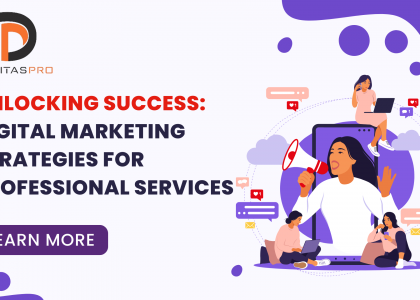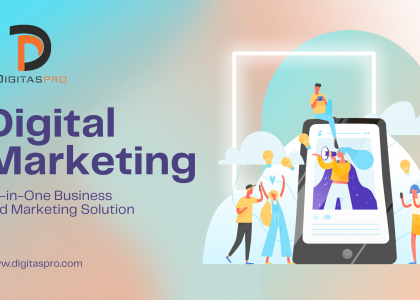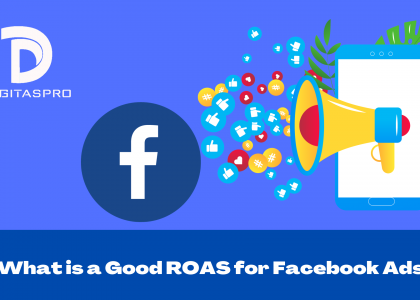


In the world of marketing, businesses employ various strategies to reach and engage with their target audience. Two primary approaches that are often discussed are Inbound Marketing and Outbound Marketing. While both have their merits, they differ in their methods, focus, and overall impact. In this blog post, we’ll delve into the differences between Inbound Marketing and Outbound Marketing, exploring their key characteristics, benefits, and when to use each approach.
Definition: Outbound Marketing, also known as traditional marketing, involves actively pushing promotional messages to a broad audience in the hopes of generating leads and sales.
Determining whether to focus on Inbound Marketing or Outbound Marketing depends on various factors, including target audience, industry, budget, and marketing goals. It’s important to assess these factors and create a marketing strategy that blends the two approaches effectively.
Inbound Marketing and Outbound Marketing are two distinct approaches that offer different benefits and strategies for reaching and engaging with potential customers. Inbound Marketing focuses on attracting and engaging an audience through valuable content, while Outbound Marketing employs traditional promotional tactics to reach a wider audience.



